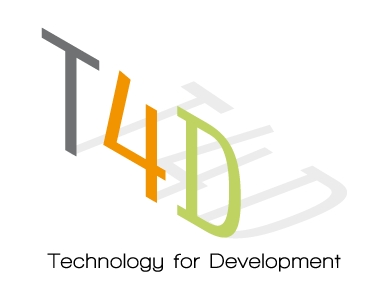We were recently invited at several conferences to speak about our experiences with using technology for development, or rather, the limits of technology. Here are two presentations we would like to share with everybody.
Realizing the promise of technology
The use of technology in the social sector has become synonymous with automation, scaling, access to data, and increase of reach. But we have found that there are several ingredients that are required to help technology reach its potential
1. Usability and appropriate technology design are key, so that users can start simple and potentially self-learn more sophisticated features
2. Training is important, but most successful are models where there is scope within the technology system itself to create incentives for people to teach each other. Nothing better than a friend teaching you how to use technology.
3. Being able to capture context is critical, so that people are able to relate to the message.
4. Integrating with multiple stakeholders amplifies the scale and impact that technology can create.
5. Evaluation is something lacking in the entire technology for social development ecosystem. Better ways and agendas to evaluate are much needed.
6. Technology allows design for scaling. This is critical and it is important to not design pilots that require very specific interventions — at each step, an effort should be made to create standard operating processes so that scaling is easier.
7. Finally, technology is typically cross-cutting and can be applied across different sectors, executed by various social development organizations. The success however depends a lot on how well the organization has been able to grasp the use of technology in its model.
Design principles for creating citizen engagement
With upcoming elections, and a general atmosphere for greater citizen engagement in governance and politics, we spoke about design principles to keep in mind to use technology for citizen engagement.
1. Technology cannot be faceless. It is important to create a sense of community and ownership so that citizens believe that the platforms available to them are for them to leverage.
2. Usability and appropriate technology design are key, so that users can start simple and potentially self-learn more sophisticated features
3. Being able to capture context is critical, so that people are able to relate to the message.
4. Managing citizen expectations is critical. Whether its a platform to rant and put pressure on public authorities, or its a platform to arrive at solutions, or its a platform for government or political engagement, should be made clear and the necessary stakeholder linkages should be put in place.
6. Technology allows design for scaling. This is critical and it is important to not design pilots that require very specific interventions — at each step, an effort should be made to create standard operating processes so that scaling is easier. But only if scaling is a goal!

